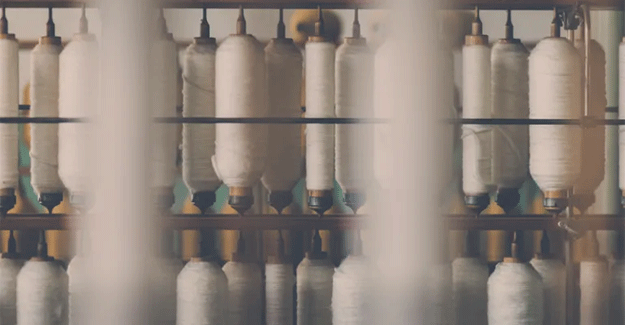
Material Exchange Backs Apparel Sector’s Roadmap To Net Zero
If sustainability had a tagline, it would most likely be borrowed from Peter Drucker’s management credo: “What gets measured, gets managed.” Assessing the current situation, measuring impact, and setting benchmarks for continuous improvement are all key to a better future. This is true across every industry and country, as witnessed by the fever generated by the COP26 proceedings, but is especially true for the apparel industry. The newly released Roadmap to Net Zero is the latest report to give the industry not only a tangible estimate of apparel sector emissions, but also a recommendation to reduce that impact. The report, jointly published by World Resources Insititute (WRI) and the Apparel Impact Institute (Aii), with data from Higg, the Sustainable Apparel Coalition and Textile Exchange, determines the estimated apparel sector emissions from 2019 to be 1.025 gigatons. While that number may either feel small (only one gigaton?) or esoteric (what is a gigaton anyway?), for the apparel industry it is our opportunity to shape the future. The report goes on further to allocate those emissions across the apparel sector, finding that 52% of them are from Tier II (material production). This is where Material Exchange comes in. “We’re really excited to see such a cohesive set of data published around the source of greenhouse gas emissions. And while fashion’s impact has been assessed as one gigaton, it’s still important that the industry takes measures to reduce it. As material sourcing is the biggest contributor to that total, this is where our efforts should be focused. We see the work Material Exchange is doing in direct alignment with where the industry needs to go,” shares Michael Sadowski, research consultant to WRI and co-author of the report. While half of the report’s recommendations push for the elimination of coal for materials and product manufacturing, the increase in energy efficiency and the transition to clean energy, the other half focus squarely on reducing the impacts from materials. As the leading marketplace for materials, the Material Exchange platform offers the opportunity to shift sourcing to meet those as well as the material-specific recommendations: increase the use of more sustainable materials, accelerate the development of more innovative materials, and maximise material efficiency. By digitising material swatches and allowing brands to digitise samples and protoypes, Material Exchange has long focused on material efficiency. The new sustainability search tool that helps brands source materials under key criteria like carbon solutions, water stewardship and circular solutions, means brands can quickly locate preferred and innovative materials and add them to their selections. Six interventions for the sector to significantly reduce emissions:
- Maximizing material efficiency: Through design, material selection, and methods of manufacturing, increase the percentage of raw materials used in components and products.
- Scaling sustainable materials and practices: Increase the use of more sustainable materials (e.g. recycled polyester) and practices (e.g. conservation tillage for cotton).
- Accelerating the development of innovative materials: Ramp up investment in “next generation” preferred materials including textile recycling, bio-based materials, and plant-based leather.
- Proliferating energy efficiency: Expand energy efficiency efforts across manufacturing facilities.
- Eliminating coal in manufacturing: Replace coal as an energy source for materials and product manufacturing.
- Shifting to 100% renewable electricity: Deploy renewable energy across the supply chain.
Textile Excellence
If you wish to Subscribe to Textile Excellence Print Edition, kindly fill in the below form and we shall get back to you with details.








